Semei: Cultural and Historical Gem of Kazakhstan
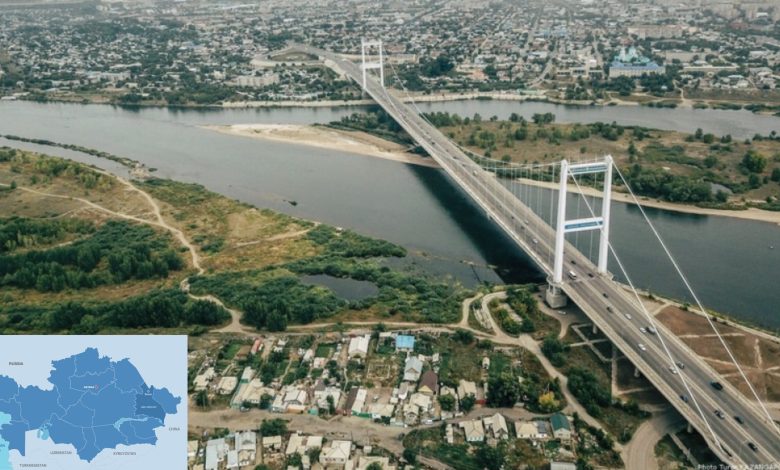
ASTANA — Located in the eastern expanse of Kazakhstan, Semei, also known as Semipalatinsk, was founded more than three centuries ago and best represents Kazakhstan’s historical, cultural and natural richness. Let’s get to know the charming Semei, the heart of the Abai Region.
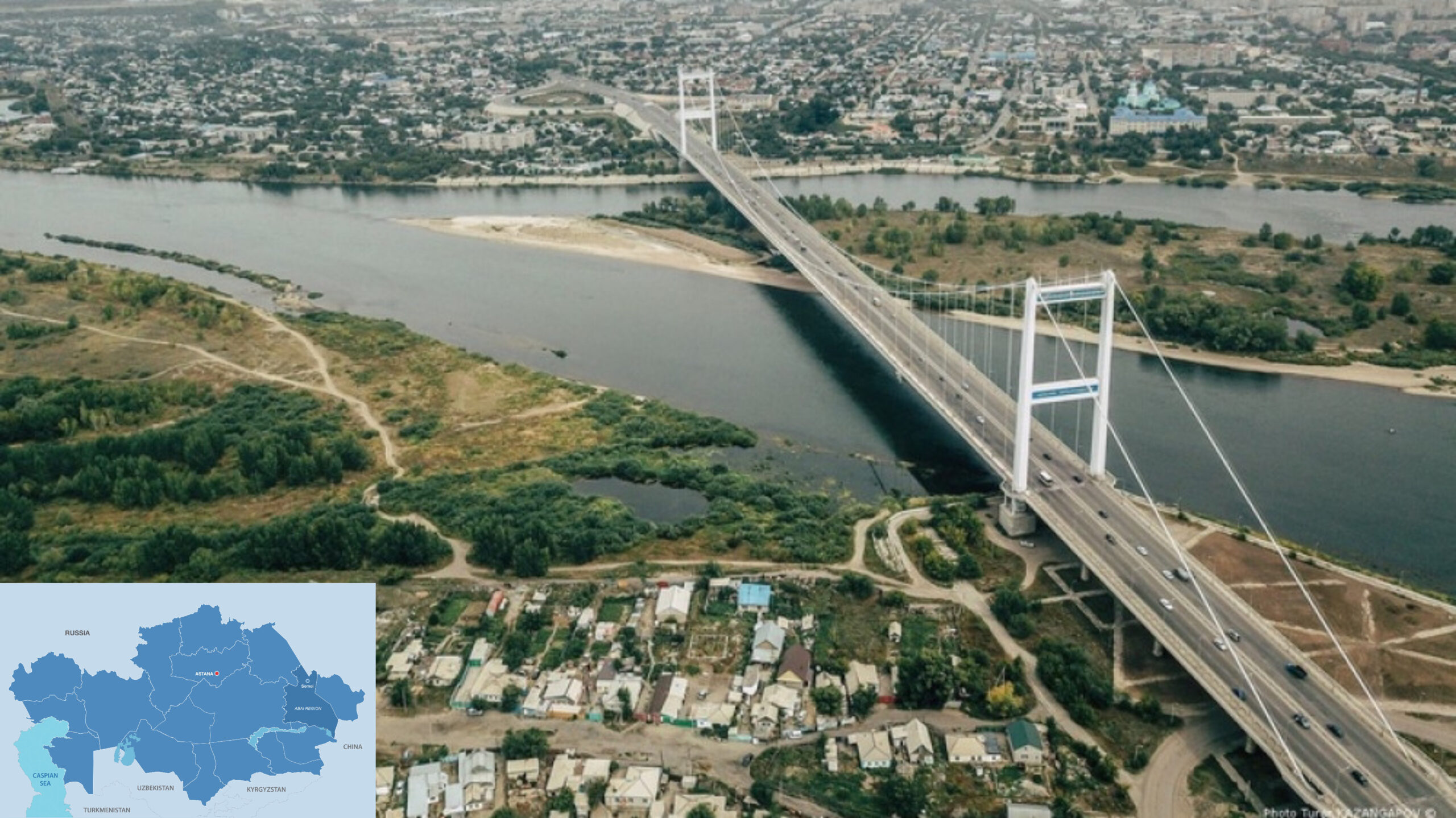
Semei. Photo credit: Turar Kazangapov. Click to see the map in full size. The map is designed by The Astana Times.
The origins and history of Semei
In 1718, Semei was established on the orders of Peter the Great to secure the eastern borders of the Russian Empire. Initially named as Semipalatinsk, the fortress was a key element of the Irtysh defensive line, designed to defend against nomadic incursions and to develop trade.
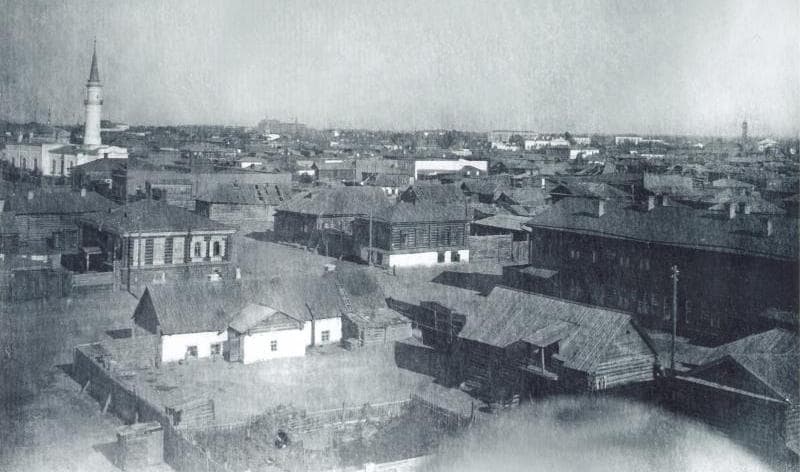
Photo credit: Archival photo.
The name ‘Semipalatinsk’ originated from the seven semi-ruined Buddhist Kalmyk temples situated 18 kilometers away from the city. In 2007, it was officially changed to Semei. On June 8, 2022, Semei became the center of the newly formed Abai Region.
From 1917 to 1920, Zarechnaya Slobodka, the suburbs of Semipalatinsk, briefly bore the name ‘Alash Qala’ (Alash City) during the proclamation of Alash autonomy. It was a temporary capital of the Alash Orda, a significant political movement of the time.
A sobering legacy: The Semipalatinsk Nuclear Test Site
In 1949, the Soviet Union established the Semipalatinsk Nuclear Test Site for atomic bomb testing. Spanning 18,500 square kilometers, the site was utilized for 468 nuclear tests over four decades, resulting in severe ecological and health impacts.
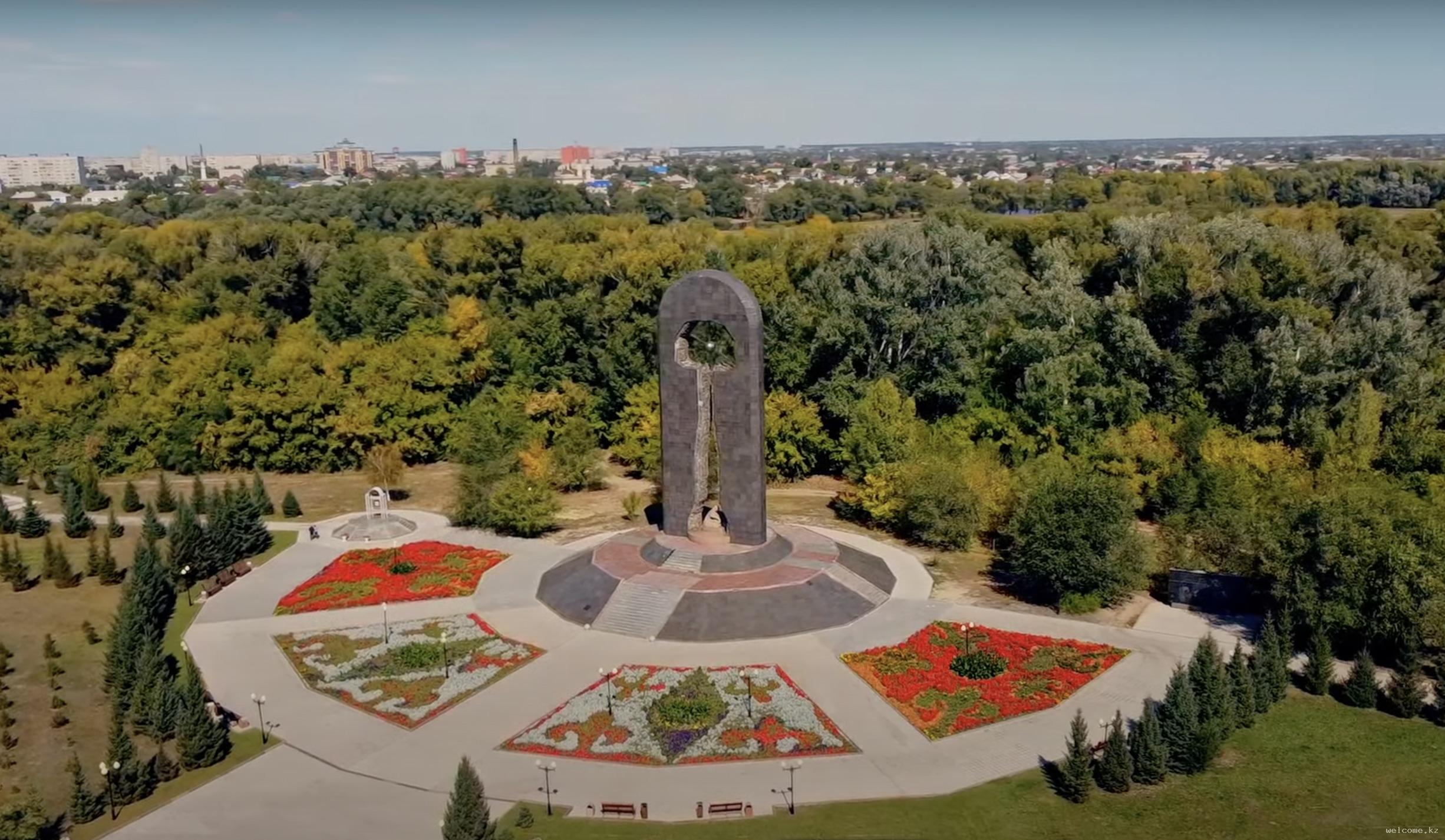
The Stronger than Death monument. Photo credit: welcome.kz.
A radioactive gas leak in 1989 led to the formation of the Nevada-Semipalatinsk anti-nuclear movement, led by Kazakh poet and activist Olzhas Suleimenov. The site was officially closed in 1991 following a decree from Kazakhstan’s first President, Nursultan Nazarbayev. The Stronger than Death monument, unveiled in 2001 on Polkovnichiy Island, stands as a solemn reminder of the suffering experienced by the local community.
Unique natural wonders: The relict pine forest
Semei boasts a unique relict pine forest, one of just two in the world, with the other found in Canada. These ancient woodlands have been around since the glaciers receded approximately 10,000 years ago. The Semei Ormany State Forest Nature Reserve was created to protect and rejuvenate these rare ecosystems, which play crucial roles in both ecological balance and recreational activities.

Photo credit: Grigoriy Bedenko.
On June 8, 2023, fires erupted in the Batpay forestry area of the Semei Ormany State Forest Nature Reserve, situated 25 kilometers from the town of Semei. The Ministry of Ecology and Natural Resources reported on June 13, 2023, that the fire in the Abai Region had expanded to a maximum area of 60,000 hectares. Through joint efforts, the fire was eventually contained and extinguished.
Within the reserve, you can find animals listed in the Red Book of Kazakhstan, including the black stork, whooper swan, osprey, golden eagle, white-tailed eagle, saker falcon, demoiselle crane, peregrine falcon, short-toed snake eagle, red-breasted goose, spoonbill and argali.
Birthplace of Kazakh football
Semei is recognized as the birthplace of football in Kazakhstan. The sport was introduced to the city 135 years ago by Nikolai Kupriyanov, a Moscow merchant’s assistant. He brought the English game to Semei and established the region’s first football team. Between 1913 and 1914, Semipalatinsk saw the rise of the first Kazakh football teams, such as Olympus, SSK and Yarysh. Notably, the future writer and ethnographer Mukhtar Auezov was a player for Yarysh.
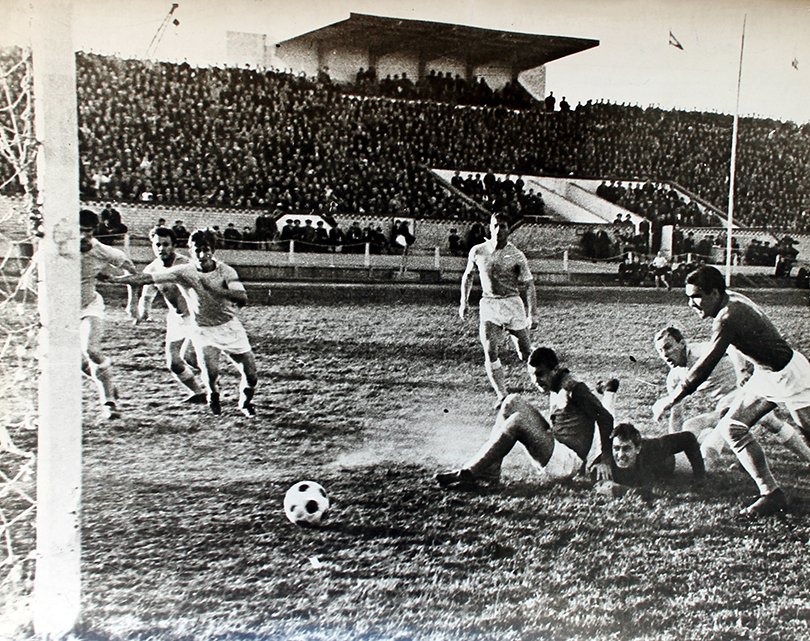
Spartak stadium in Semei. Photo credit: Archival photo/ Stanislav Sarsekov.
In 2013, the city celebrated a century of football by inaugurating a street named 100 Years of Kazakh Football. In 2022, a new football club, Yelimay, was founded by local football alumnus Samat Smakov and regional council deputy Serik Baigaliyev, further cementing Semei’s legacy in the sport.
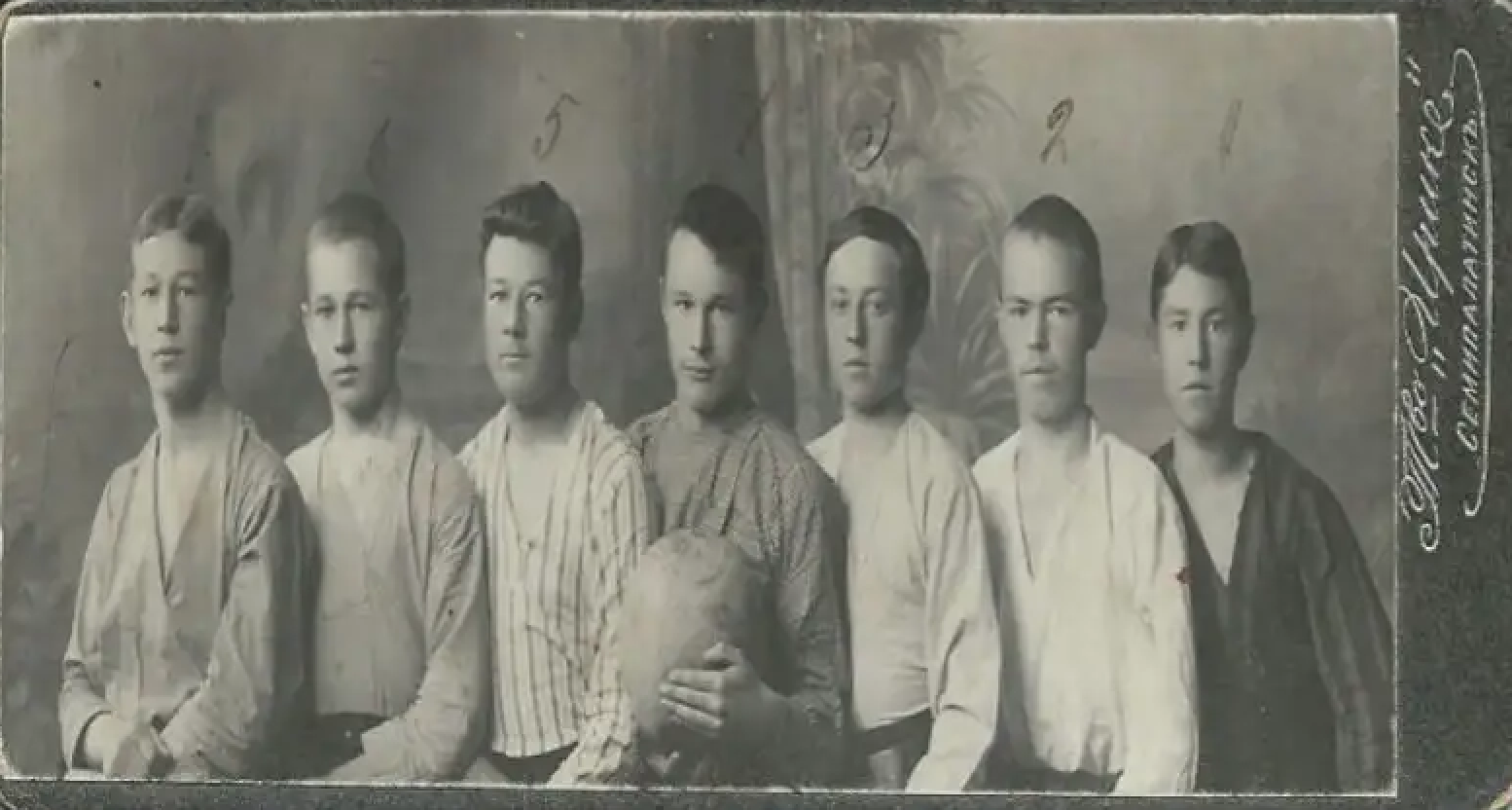
Photo credit: Archival photo/Raisa Aidoff.
First suspension bridge in Kazakhstan
Semei is home to Kazakhstan’s first suspension bridge and the world’s 17th, constructed in 2001. This engineering marvel, developed by the Japanese company IHI Corporation and built by the Turkish company Alsim Alarko, replaced a two-lane crossing with a six-lane structure. Spanning 1,086 meters in length and 35 meters in width, the bridge symbolizes the city’s pride and connects the two banks of the Irtysh River.
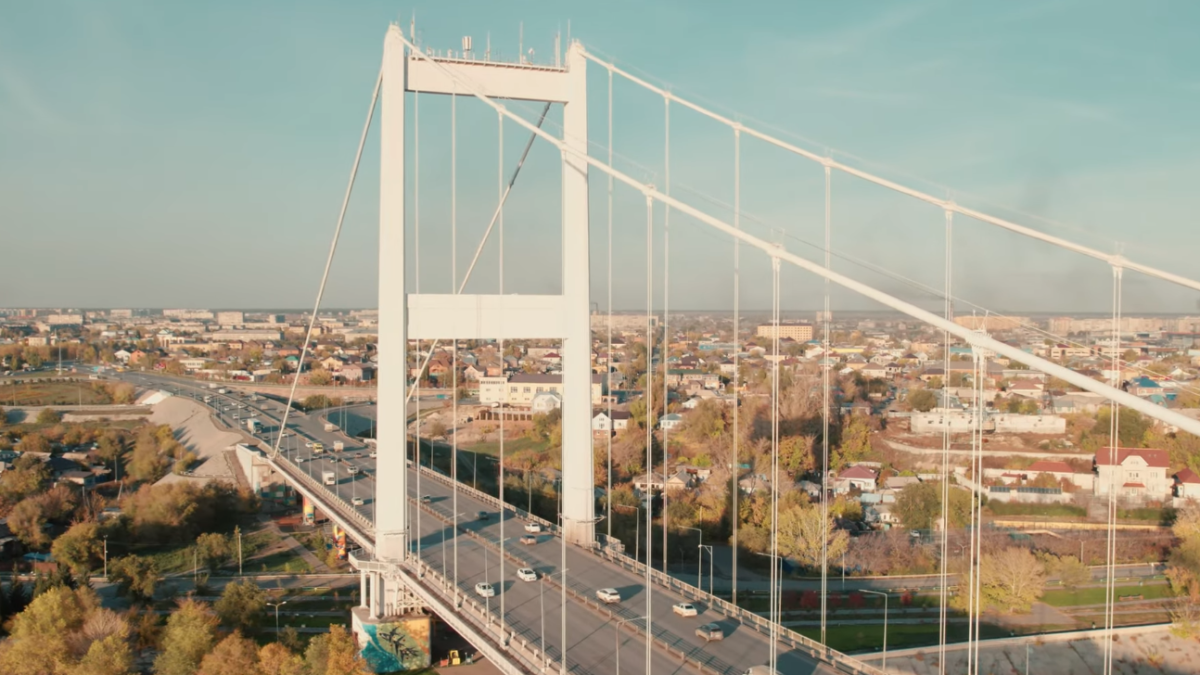
Photo credit: Albina Halel.
A cradle of cultural and literary heritage
Semei is renowned for its cultural and literary contributions, as it is the birthplace of prominent Kazakh figures like Abai Kunanbaiuly, Shakarim Kudaiberdiuly, Mukhtar Auezov, opera singer Bibigul Tulegenova and Roza Rymbayeva.
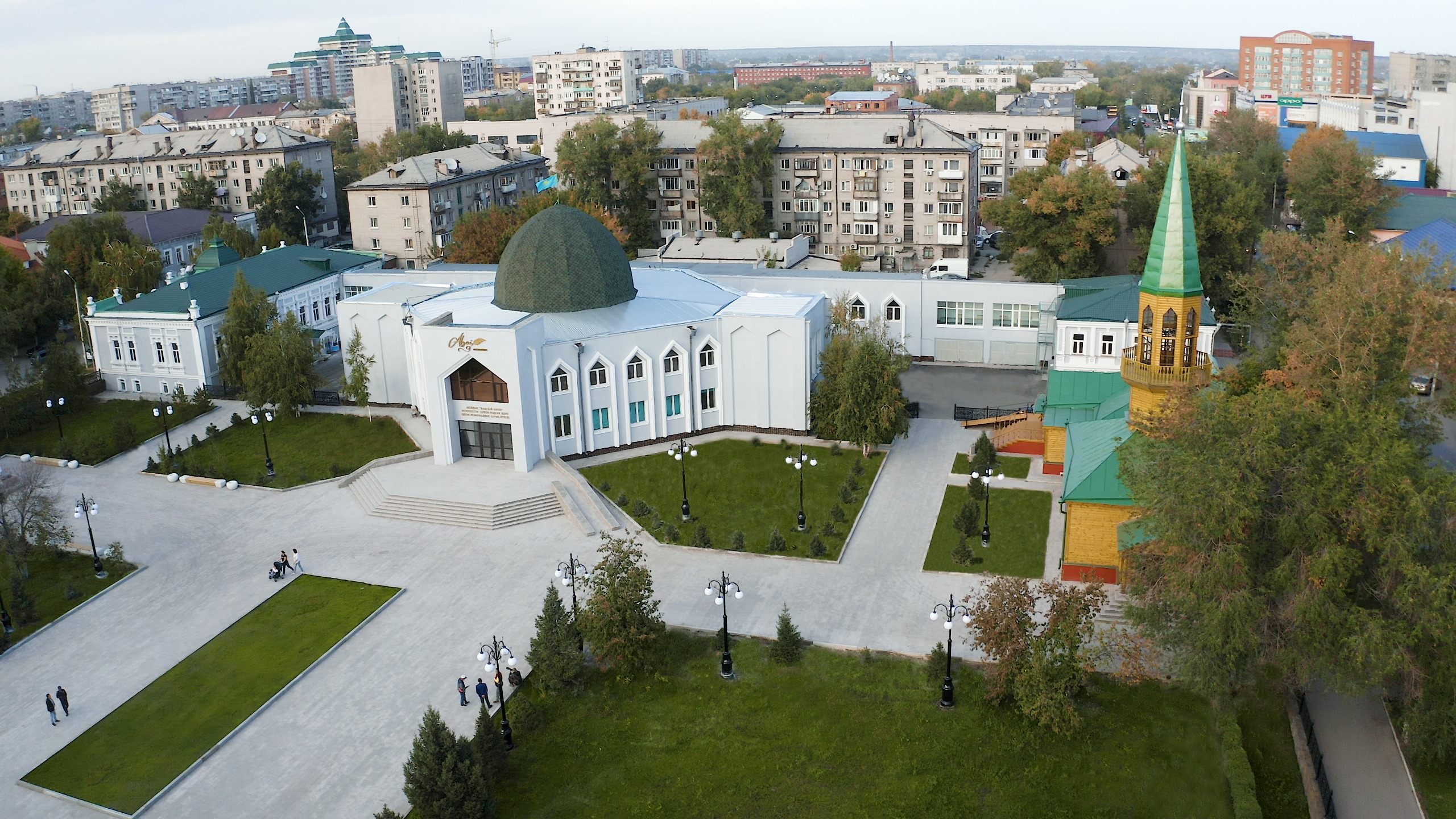
The Literary and Memorial Museum of Abai. Photo credit: abai-museum.kz.
Abai Kunanbayev, a national hero and pride of the Kazakh people, was a distinguished poet, philosopher and the founder of modern Kazakh literature. In 1940, the Literary and Memorial Museum of Abai was opened to commemorate the 95th anniversary of his birth. The museum represents Kazakh customs and values, celebrating Abai’s profound influence on Kazakh culture.
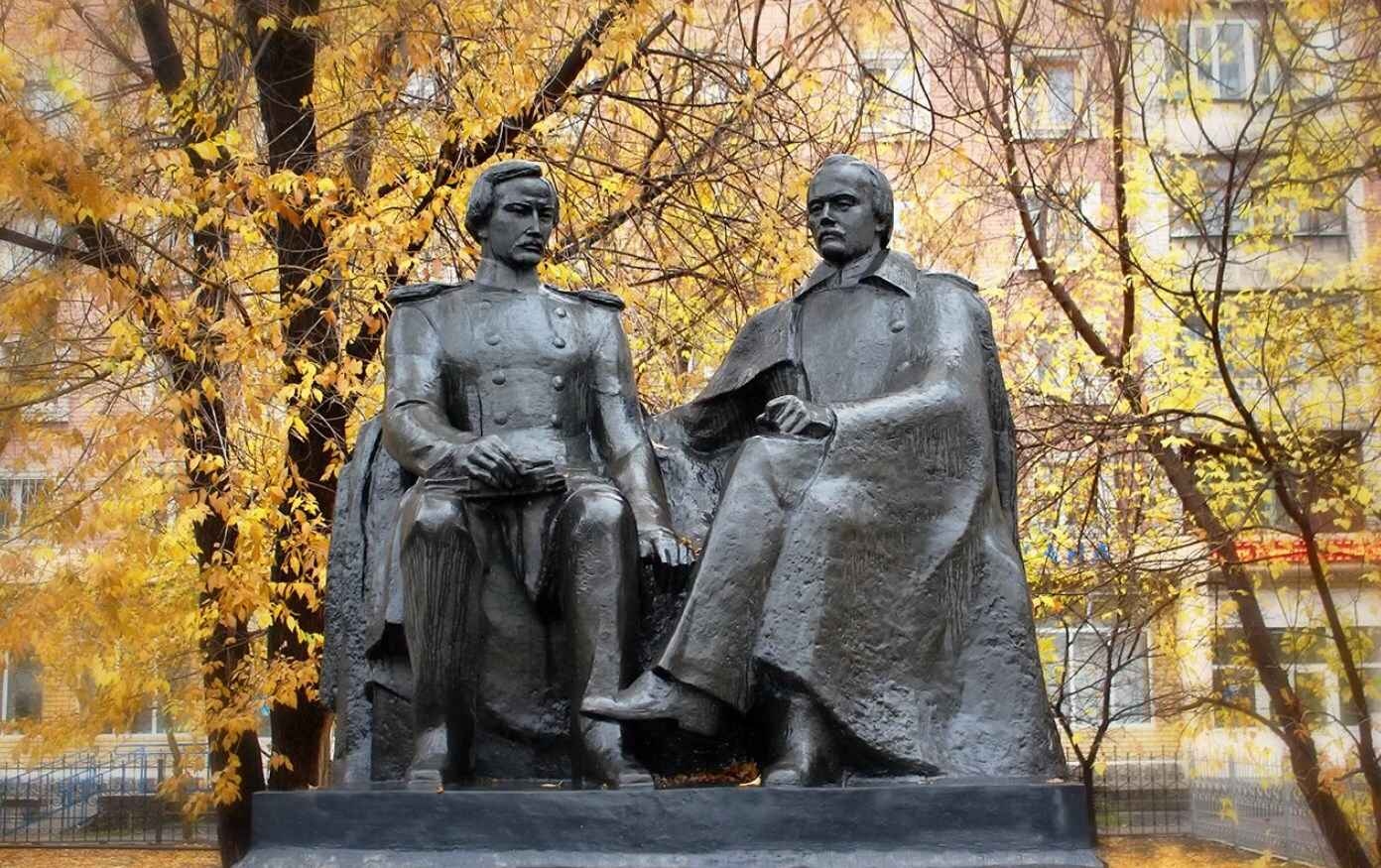
Shokan Ualikhanov and Fyodor Dostoevsky. Photo credit: dostoevsky.kz.
Semei city has also been home to many other influential people such as geographer Pyotr Semyonov-Tyan-Shansky, scientist Shokan Ualikhanov and Russian writer Fyodor Dostoevsky.
These luminaries contributed to Kazakh literature and the arts, with their legacies preserved in local institutions like the Dostoevsky Memorial Museum. This museum not only commemorates Dostoevsky’s time in Semei during his exile from 1854 to 1859 but also highlights the city’s role as a hub of political and cultural exile in the 19th century.
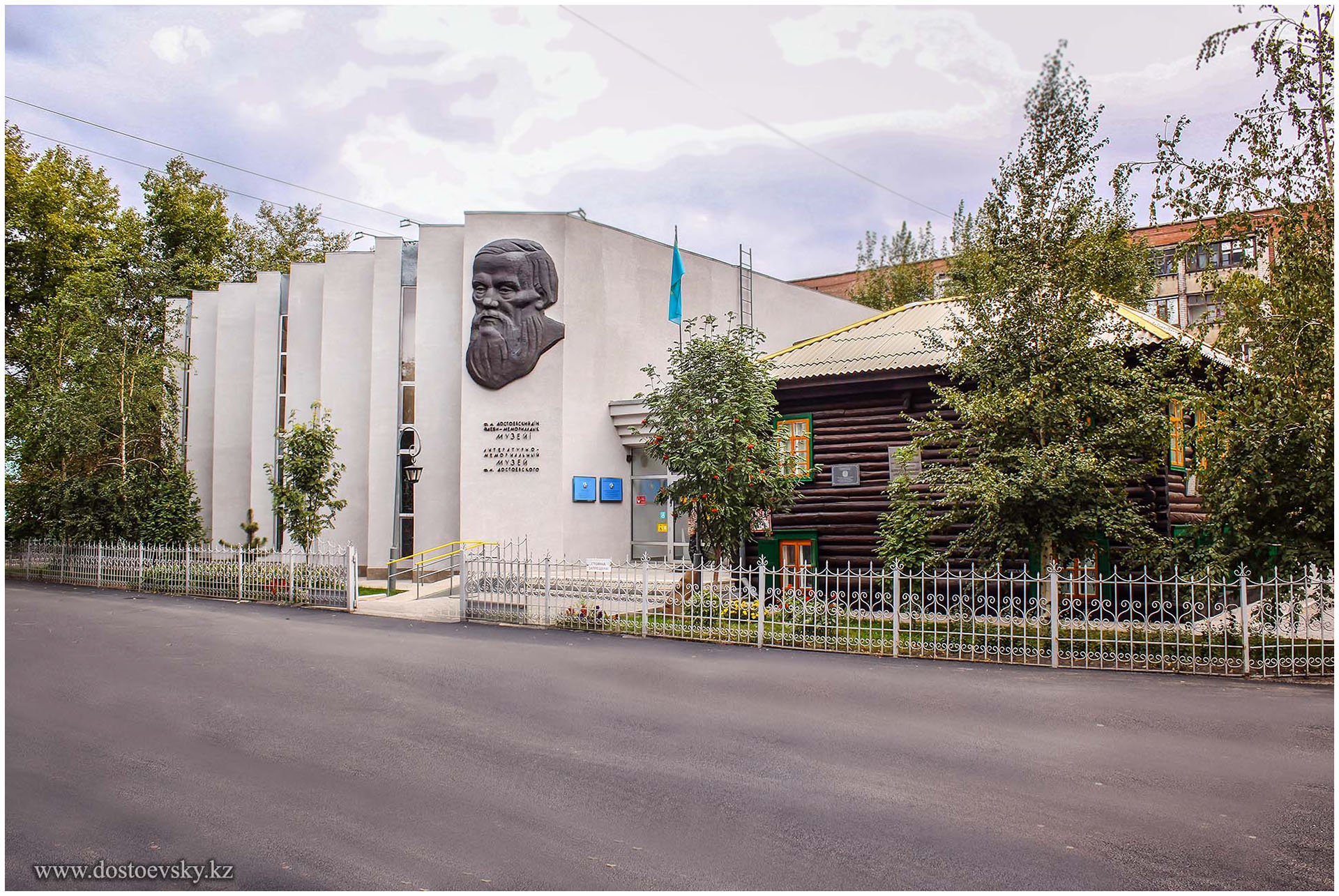
Dostoevsky Memorial Museum. Photo credit: dostoevsky.kz.

